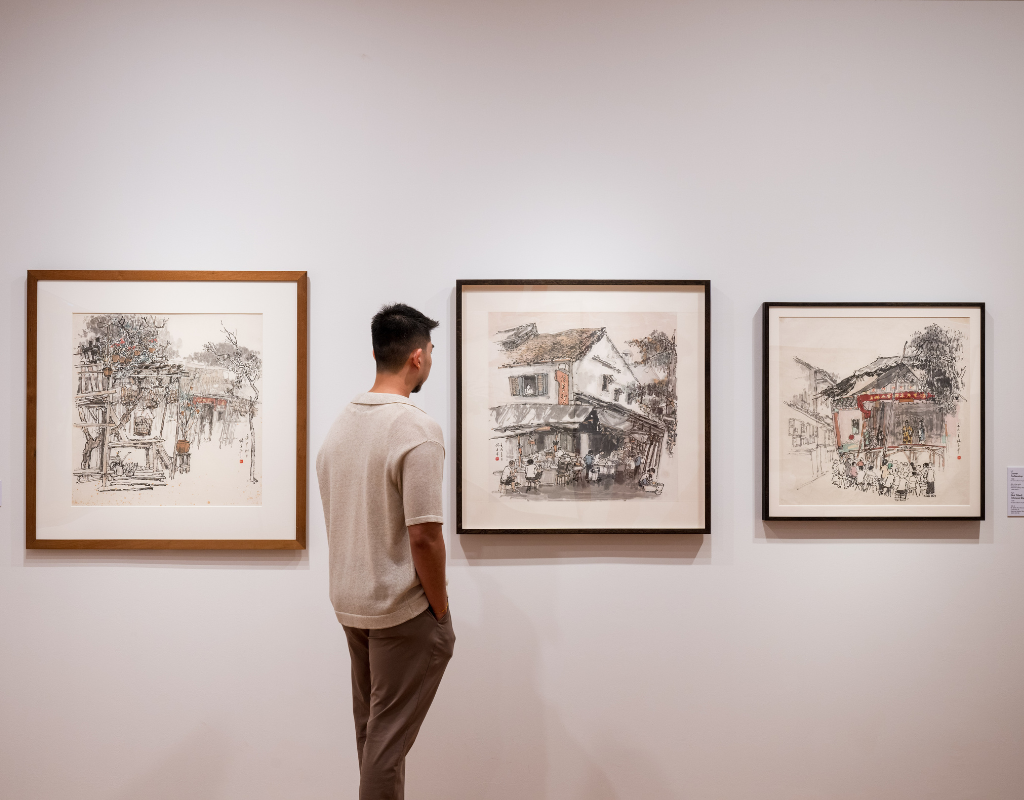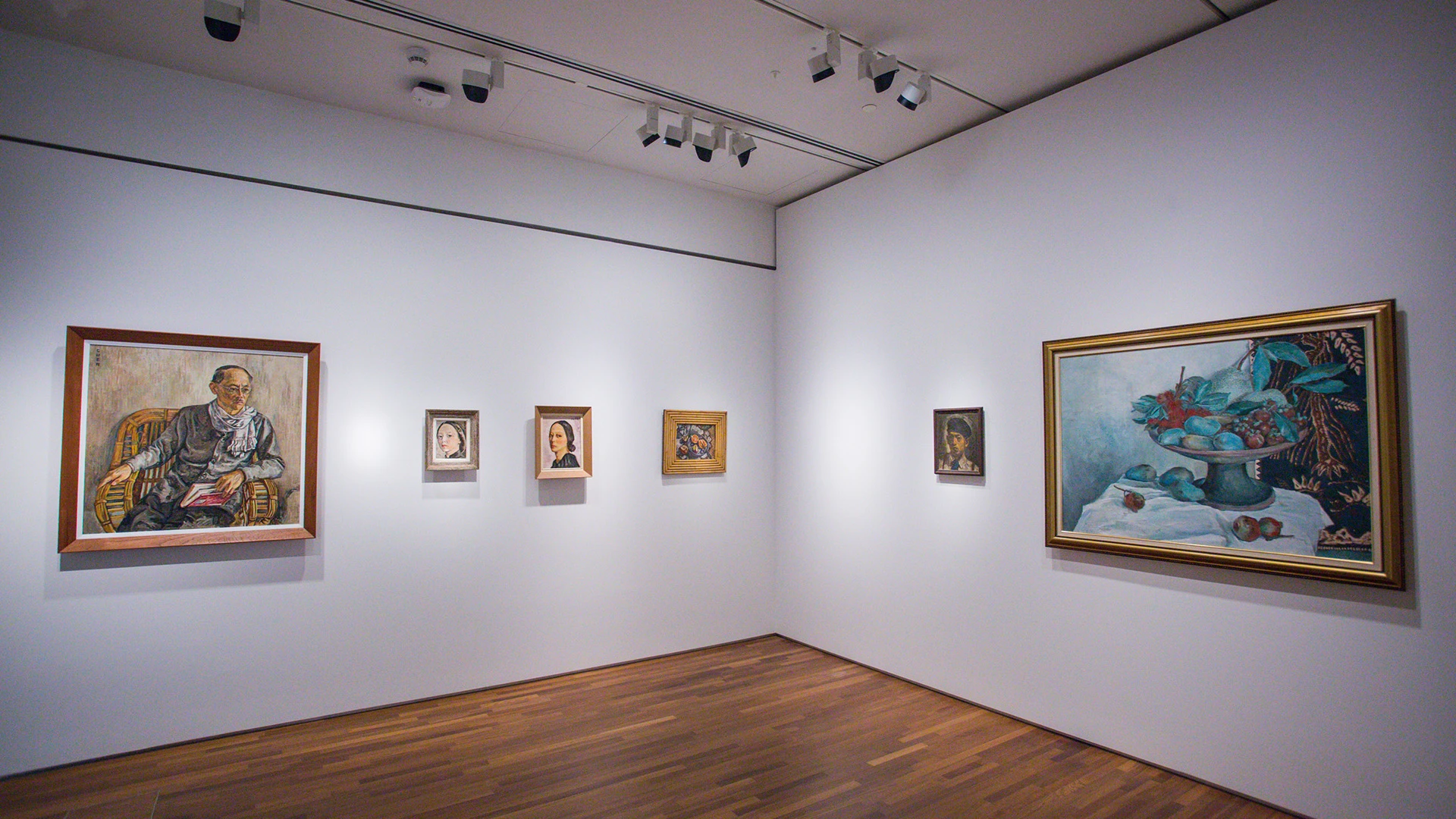When Lim Hak Tai founded the Nanyang Academy of Fine Arts in 1938, he strongly believed that “art should have a sense of localness” and hoped that the Academy could help to “propagate art with Nanyang characteristics”.
“Nanyang,” or the South Seas, was originally used by Chinese maritime traders to refer to the Southeast Asian region located south of China. To Lim, however, “Nanyang” was not merely a geographical reference, but the basis of a new art that reflected the realities of its locale. Although the idea of a Nanyang art first emerged among local Chinese writers in the 1930s, this movement soon encompassed visual artists who sought to infuse their works with a local identity. What they encountered—local landscapes, peoples, cultural motifs—became their subject matter; indigenous materials and techniques, like batik, were incorporated into art-making as well. Through to the 1970s, the Nanyang movement remained an organic one, with no prescribed method, style or manifesto—only the impression of a tropical site encountered and idealised.
-
When: Ongoing - Where: Level 2, DBS Singapore Gallery, City Hall Wing
- General admission ticket required (free for Singaporeans and PRs)









